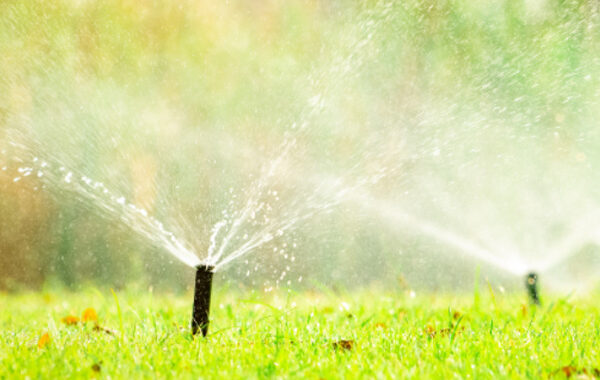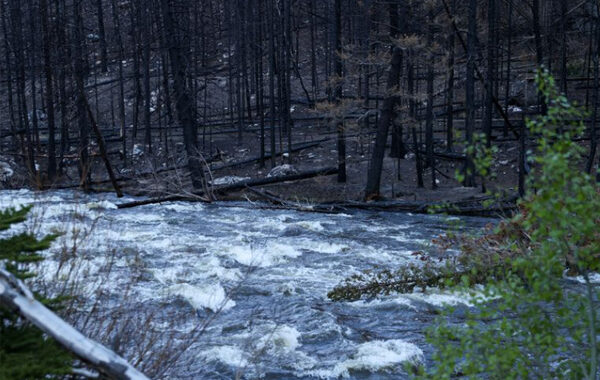To solve some of the most pressing water and energy challenges, scientists and engineers need access to robust, reliable data that is often sensitive and protected. Data providers, researchers, and host institutions need to adhere to strict requirements for protecting and securing this data. The Center for Water-Energy Efficiency (CWEE) at the University of California, Davis (UC Davis) used Amazon Web Services (AWS) to create a centralized, secure data repository that streamlines data sharing.
Researchers at CWEE quantify how much energy is used in various elements of the water sector, including potable water, irrigation, and wastewater. This research helps water utilities, energy utilities, and policy makers decide how to invest in and promote water use efficiency, energy efficiency, and electric load shifting in the water sector. This research is critical particularly in California, where drought and other climate change outcomes, like heat waves and forest fires, have been an issue for decades and are growing more severe.
CWEE’s research heavily depends on large amounts of data that must be used in compliance with data privacy requirements. To date, data acquisition has been a largely manual process with strict security agreements and standards that can make it challenging to obtain.
To overcome these challenges, Dr. Frank Loge, director of CWEE and a professor in the UC Davis Civil and Environmental Engineering department, worked with UC Davis’s information technology departments to develop a new secure, shared system using a range of AWS services. The new system protects sensitive research data, makes clear who is responsible for protecting it, and verifies compliance. The system has garnered new interest and funding opportunities and has the potential to help spur new innovations in the water sector, driven by broad access to data.





